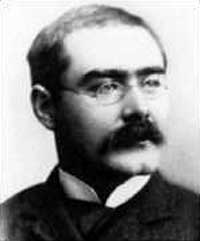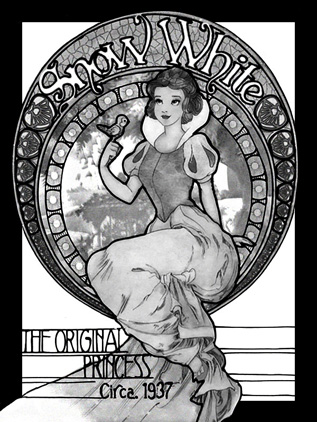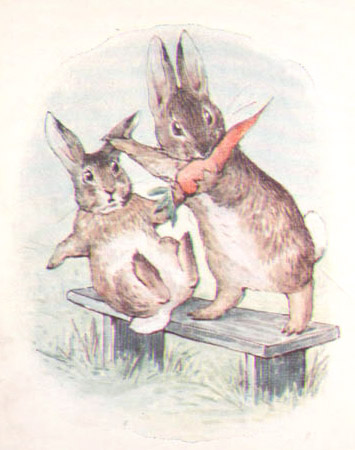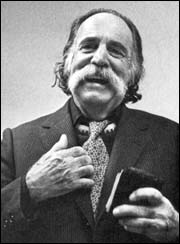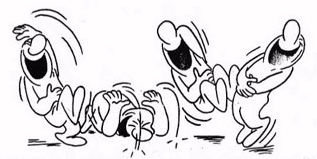I had an interesting idea. I’m trying to make a list of all the different devices on which I’ve read a complete story.
See, right now I’m reading a Star Trek novel on my Kindle — which is super-weird, because I’d also read these as paperback books when I was a teenager in the 1970s. They’re stories set in the distant future, but now I’m in the future — 30 years from the 1970s — and I’m using a real futuristic reading device…to read about a fictitious future!
And meanwhile my screensaver’s showing me a picture of the Gutenberg press…
So over my lifetime, I’ve read stories on lots of different devices. And as an exercise, I tried to write up a complete list of them all. I mean, the first thing I ever read was a “See Dick Run” children’s reader. And when I was six years old, my parents bought me a comic book about two squirrels. So here’s how that list would begin…
A picture book
Comic books
I thought about also including “The titles of cartoons on TV,” but realized it would take too long to list everything I’ve ever read. (Billboards, valentines, medicine bottles, the instructions on parking meters…) So I tried narrowing the list to devices on which I’ve read a complete story.
Even then, I still ended up with…
Bubble gum comics
Technically, a Bazooka Joe comic strip is still a story. (And for that matter, so are the four-panel “stories” that you’d read in a daily newspaper.) But still, most of the stories I read were published as books. Until the internet came along and added new ways to read stories…
Online eTexts from Project Gutenberg
Short stories posted to Usenet
A type-written manuscript that a writer sent me…
Someone in Hollywood also once sent me a PDF file with a TV show’s script. And I think that completes my list of every device on which I’ve read an actual story.
But it’s a very challenging exercise — try it! (Because I’d love to know what other story-reading mediums I’ve missed…) And it’s also a very satisfying experience. It’s like tallying up an entire lifetime spent reading, while also highlighting the moments when new technologies came along. And of course, the exercise has to end by adding one final item.
Reading stories on my Kindle
